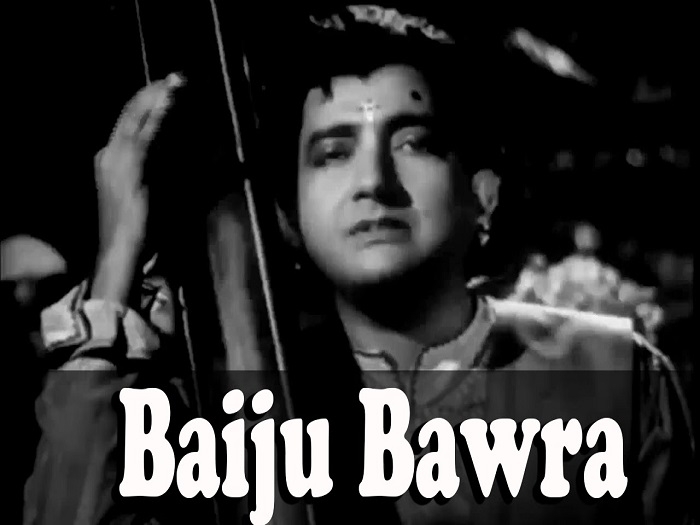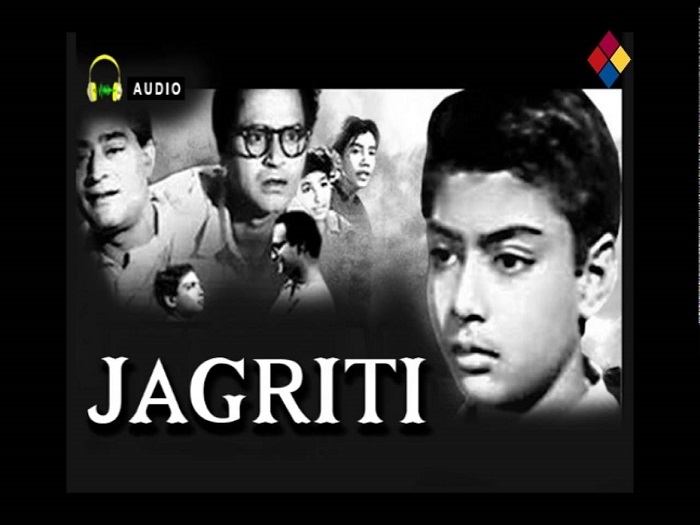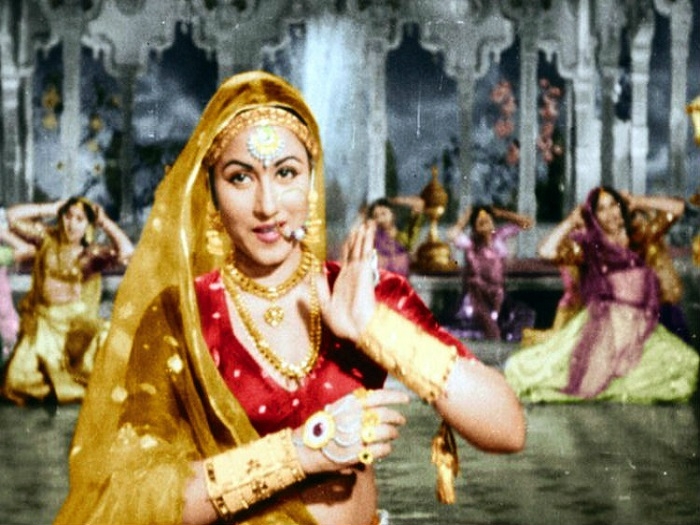Indian-Muslims or Hindu-Mussalmans: A psycho cultural Analysis - II

In this era of social media strange things happen. About a year ago I was listening to all the songs of Baiju Bawara, a 1953 film. Rafisahab was singing ‘Man Tarpat Hari Darasanko aaj’ –‘the mind is restless today for the vision of Shri Krishna’. On social media what people write below the videos or articles to express them can be anything – repulsive, nauseating, purely entertaining or violent and abusive but occasionally it could be very insightful. Somebody wrote below – see, this is a bhajan; the singer is a Muslim, the poet (Shakeel Badayuni) is a Muslim, and the music director (Naushad Ali) is a Muslim, the era of picturization is in the Muslim rule under Akbar. And how wonderfully they have expressed what may be called as pure Hindu sentiments as may be somewhat alien to the ethos of devotion in Muslim religion. It is divine. THIS IS REAL INDIA etc.
Pakeeja was supposedly a purely Muslim film since the story is of a Muslim Tavayaf. The heroin was Meena Kumari. It was directed by Kamal Amrohi. Initially Kaifi Azmi wrote a few songs. After the well-known gap it had some more songs were written by Kaif Bhopali. Ghulam Mohammad after the gap was replaced by, I think Naushad Sahab. In it is the lovely song Thhade Rahiyo, - ‘please stop; do not go’. In it among the chaste Urdu words is a line “Main Kar aaun Sola Singar re” meaning – ‘I will decorate myself using 16 types of decorations and fashions’ (to look magnificent for you to see me and be pleased.) Now from where has this concept of sixteen fashions or decoration come in a purely Muslim ethos film? How can a poet use a concept again from Hindu culture or tradition which is completely alien from the Muslim Culture where it is simply impossible to do this?
Haqueequat is a tragic film. When I feel as if a lot of black soot has accumulated in the mind, I see this film. All the tears that flow cleanse me and my mind and fill it with pure emotions. Kaifi Azami wrote the lyrics and what could be better? Madan Mohan was the music director and all songs were sung by Raft Sahab and Lata Mangeshkar. In it is a situation where Priya Rajvansh is being tortured by the Chinese soldiers and the song Kar Chale Ham Bida Jano Tan Sathiyon – ‘we are leaving our bodies after the battle and will die but the nation is in your hands now to protect’, is going on in the background. One of the lines written by Kaifi, incidentally my favourite with Sahir Ludhiyanvi, he says – ‘with your blood draw a line on the earth’ – which actually is intended to mean the old Lakshaman Rekha from Ramayan - making it impossible for the enemy to cross it and touch even the cloth Sita is wearing. Kaifi further says – ‘you are now the Lord Ram and you also in Lakshman, his valorous brother to protect Sita, i.e. Priya Rajvansh and the nation which also like Sita should be inviolable’.


The most glorious of these trails was written by Sahir Ludhiyanvi. Sahir was the one so pained by the partition that he preferred India to stay. Talking of Barasat ki Raat can anyone ever forget the famous Qawwali “Na To Karvan ki Talash Hai”? The first part sung by Manna Dey, Batish, Sudha Malhotra is pure lilting scintillating Urdu describing ISHQUE. It is the Qawwals desire for her, his respectability is at stake, his heart, body and life, even his devotion, his life time search is ISHQU. I am ready to offer my life and my soul, for her love and so on. After this the Qawwali takes a turn. The love is free, it is neither Hindu nor Mussalman, Love is the triumphant declaration of its own; it does not ask for one’s religion or faith; do not demean it by calling it by all sorts of name. It is the purity of once own, his own inner righteousness, his own Dharma.
Now, these are concepts somewhat alien to the Muslim mind set in particular as also to the Hindu mind set in some ways. But what follows will hardly find any scriptural basis in for Muslims when Sahir characteristically says - in this game of love Krishna is playing pranks with me. He adds – it is because of this Ishque that Radha decorated herself and started from her house whenever she heard the flute of Krishna, leaving behind all, making herself forget the known world, detaching herself from the shame which the world will look at her with. The Janak Dulari, the daughter of King Janaka, Sita adorned herself with the garland of love. This is surprising since the Sita Swayamvar’s high point is the garland she carries to meet Ram and wed him. Meera was so thirsty for seeing Krishna in her love for him that she drank even the cup of poison.
There is no end to elated surprises in this greatest Masterpiece of Sahir. The declaration of Allah, the Prophet, the Quran, of the learned, of Hadees is Ishque. The world is the body of the soul that is Ishque. The dream of Gautam (Buddha) and the prophet Jesus is Ishque. It is the one which converts a stone in an idol and then transcending it to become a Goddess and finally what the Khuda offers to the servant is also the ISHQUE. If I have to dissect and discuss the poem for all the variances with Islam non acceptable to it, I will need a long essay. Hence I will say only this – No one has ever objected to the contents of this song ever since 50s when this was picturized. Sahir was raised in a mixed culture. He was a left leaning person like many Muslims of his generation around the time of partition. Is it only a poet’s inspired inspiration that gives rise to such masterpieces or is there something much deeper which needs to be explored in the light of the title I have given to this series?
In the next article we will mention some more of the arts and music, so richly contributed to by the Indian Muslims and turn our attention to some other socio-cultural practices of India. (To be Contd...)
